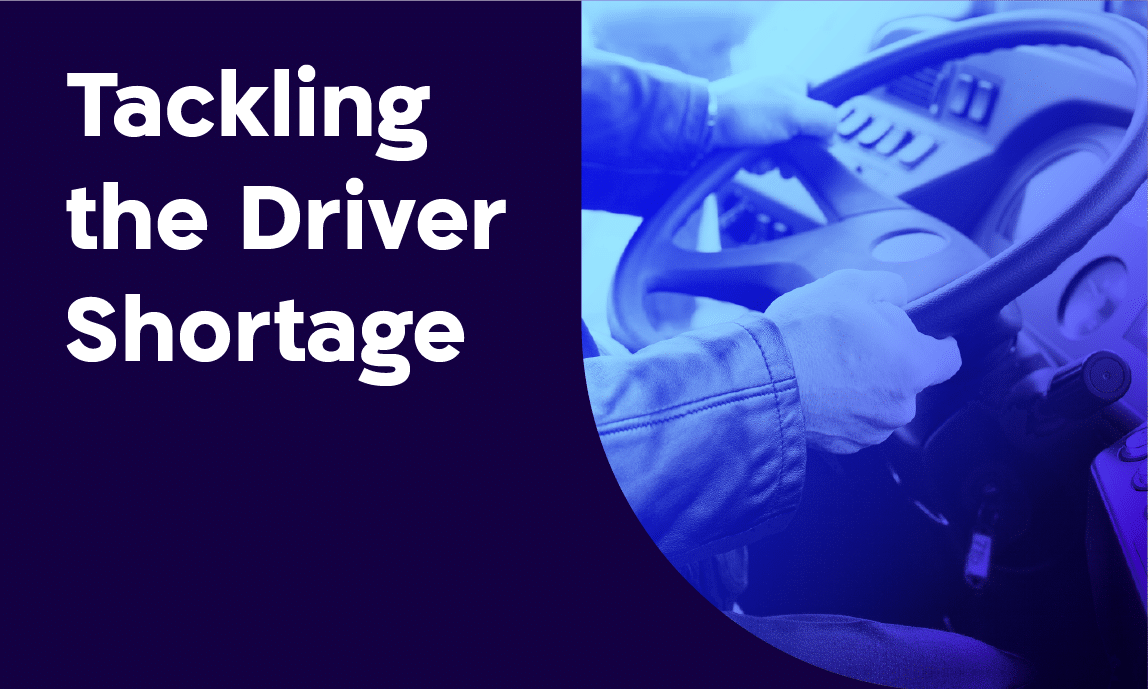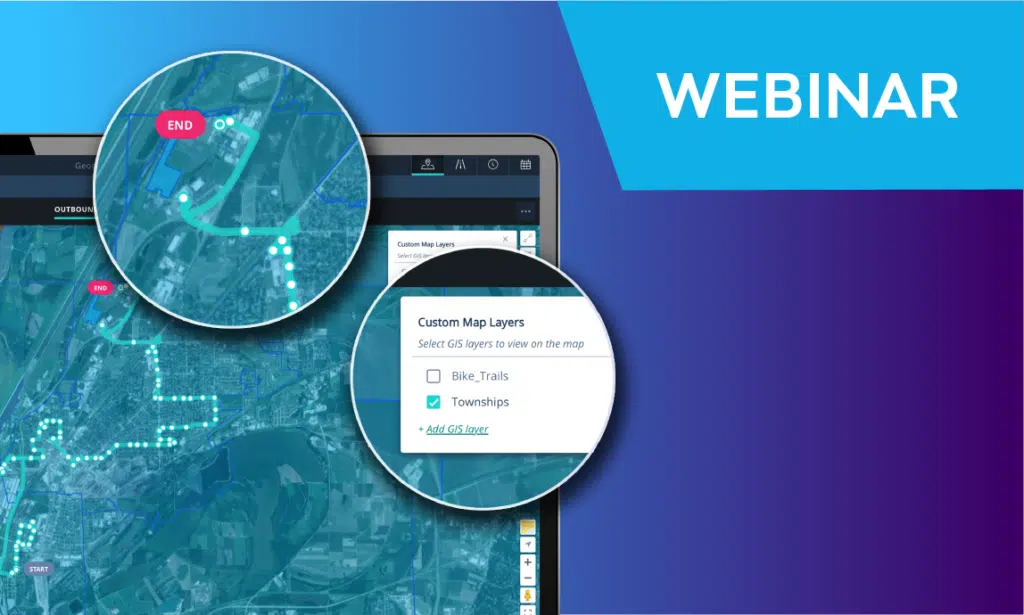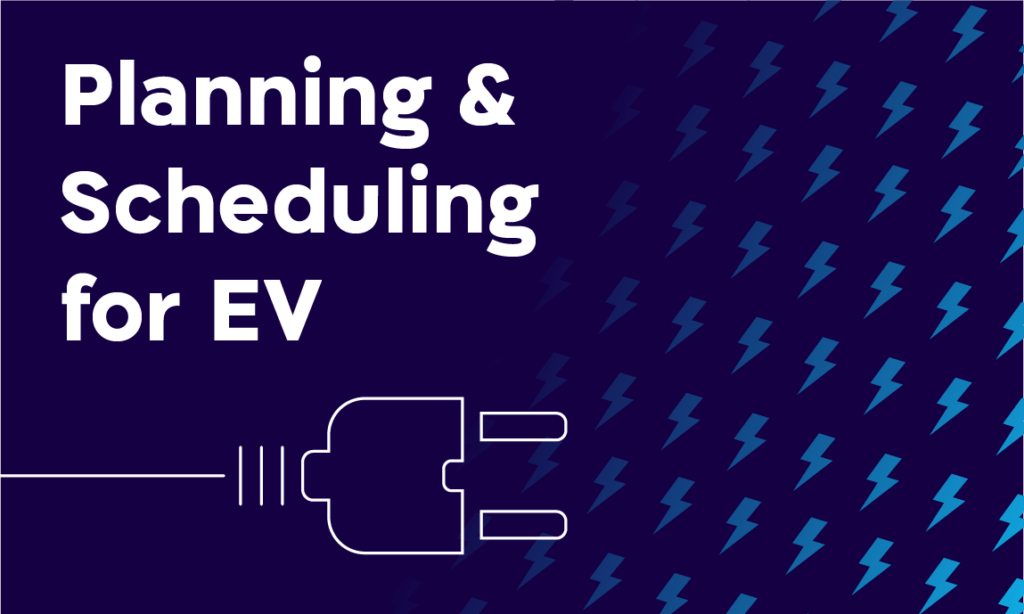This is the second blog in a two-part series about the scheduling implications of
COVID-19. Its focus is the second period – when service restrictions are eased and agencies and operators need to think about frequency service changes and the implications of crowding prevention.
What happened
As lockdown ended, service is beginning to return to normal. Yet, this isn’t as simple as it sounds, and this may require dealing with even more scenarios, as funding, ridership and, most importantly, crowding requirements change. Specifically, requirements such as crowding prevention are a game-changer with regards to many historical scheduling and planning practices.
1. Scheduling implications: controlling crowding
It’s no news to say that social distancing will have a profound effect on public transportation. From a scheduling perspective, this raises new challenges that require even more scenarios.
It’s easy to miss one important fact with regards to social distancing: it has a huge effect on buses, or, to be more precise, on how many buses are needed to run the service.
Typically, transit agencies estimate overall ridership (patronage) on routes (looking at demand, using surveys etc), the times when this ridership occurs, and the types of ridership (school related trips, seniors, people commuting to work, leisure-related commutes etc). They then make assumptions about the timing of peak use of public transit and off-peak use. But all this data is probably irrelevant post lockdown — schools are mostly closed and unemployment is, unfortunately, high. Additionally, when and how ridership will go back to normal is anyone’s guess.
Clearly, social distancing — or rather, the policy decision of whether to enforce social distancing on public transit — is a huge factor. The question is whether it is feasible at all.
In the case of buses, there are two ways of dealing with social distancing. One approach is to have buses stop boarding passengers once the “magic number” has been reached — 15, 20 or 25 passengers. How to do this is up in the air, with regards to enforcement, service, buffer buses and more. The other approach is to increase frequency and hope buses don’t crowd. The problem is that when ridership resumes, we may need double the amount of buses or risk providing a degraded service where people wait for the bus only to see it pass without stopping, with 20 passengers inside.
Scheduling and planning socially distant bus service will be complex. Instead of the classic bus timetables and operational schedules, made from layers upon layers of historical decisions, agencies may need to plan service anew on a weekly basis, to deal with different peak times, fluctuating ridership and social distancing requirements.
2. Scheduling considerations for growing service again:
Crowding as well as other changes will require more frequent changes to bus schedules. The following are several considerations and practices, where each works on its own, but which best work in unison:
2.1. When thinking of crowding, think of corridor planning
Many corridor planning approaches work well when taking crowding into account. Use a system that will let you visualize multiple routes as well as inbound and outbound routes, all at the same time. You can even add demographic data layers for impact analysis. This makes it easier to use corridor planning to coordinate transfer points where routes intersect, and plan for route consolidation or interlining. In this way you can control crowding based on shared stops between multiple routes.
Corridor planning shows the longest shared corridor for the routes in the route group and marks shared stops. It makes it easy to ensure even headways in a given corridor at given times to facilitate frequent service and avoid bus bunching.
You can use this functionality to increase headways or decrease headways which both will support reducing the amount of passengers on the bus and at bus stops to apply the required social distancing.
2.2 Pay attention to running times
One of the big changes that comes with lockdown and then easing is that congestion changes radically. As a result, running times that were used for planning and scheduling may no longer become relevant. We recommend integrating AVL data with the planning and scheduling platform to be able to look at short term data and make the corresponding changes. Another approach is to consider a headway based system.
2.3 Use ridership data to make decisions
Using detailed ridership data can help identify the new peaks in demand (which may be different compared to pre-Corona times). This can result in the addition of trips to facilitate social distancing. Using a vehicle view within the timetable, even before the scheduling phase, can help tell whether additional vehicles are required and play with the frequency to have the peak vehicle requirement match what is feasible.
2.4 Use preferences to deal with driver safety
Use break preferences to add disinfection time to breaks, more time for driver changeovers so drivers don’t cross-contaminate. Use driver group definitions to separate different driver groups, prevent them from taking breaks in crowded spaces and more. Most importantly, you can ensure drivers work on both the inbound and outbound for routes, in order to minimize changeovers.
2.5 Be creative when setting preferences
As is pretty evident in this blog, proper responses to the current challenges require checking multiple scenarios. One of the classic applications of this is checking multiple variations on crew scheduling preferences. In a real life scenario, we’ve seen agencies that needed to provide more trips with less drivers. The answer isn’t that this is impossible, but rather that common preferences need to be changed. In this case, the preference for 7-8 hour shifts that controlled overtime needed to be overridden, to provide more trips with less drivers.



